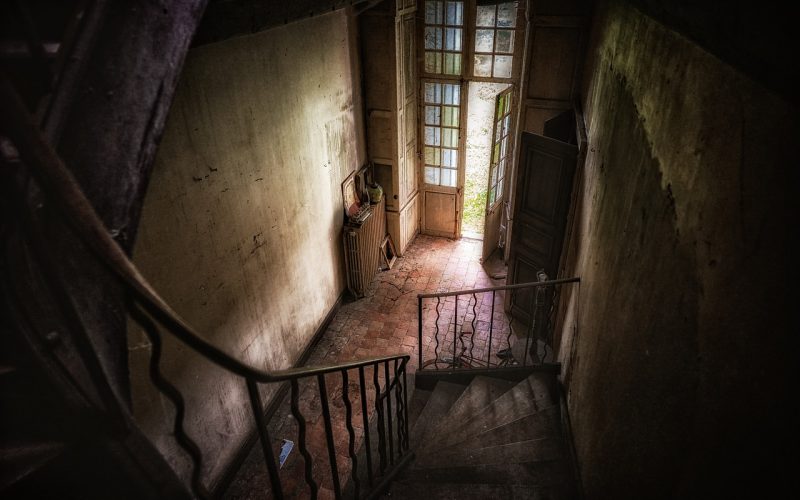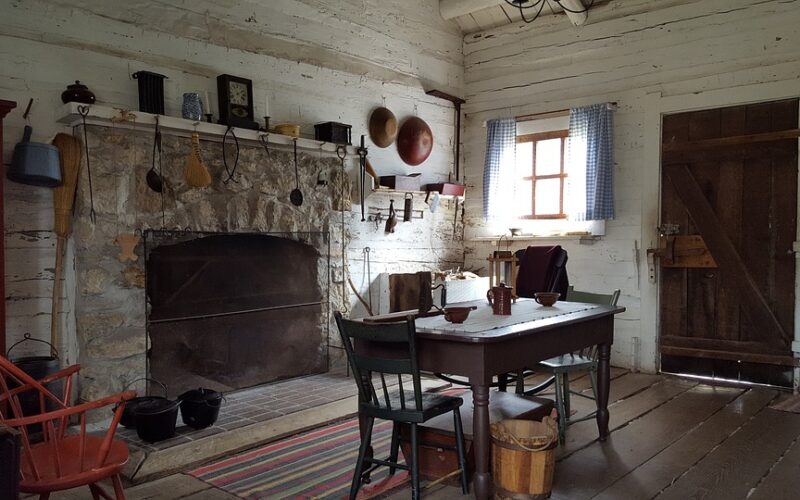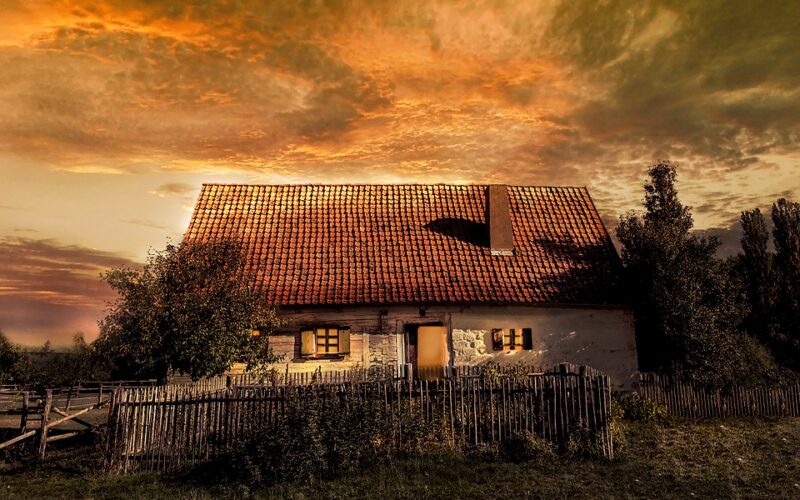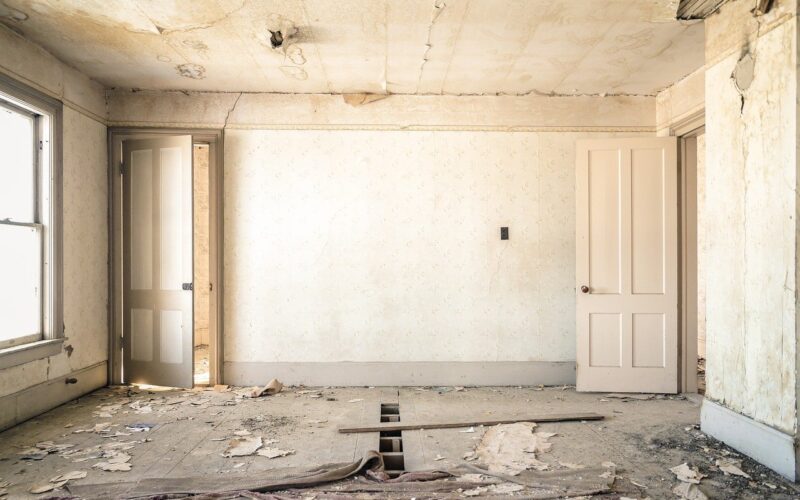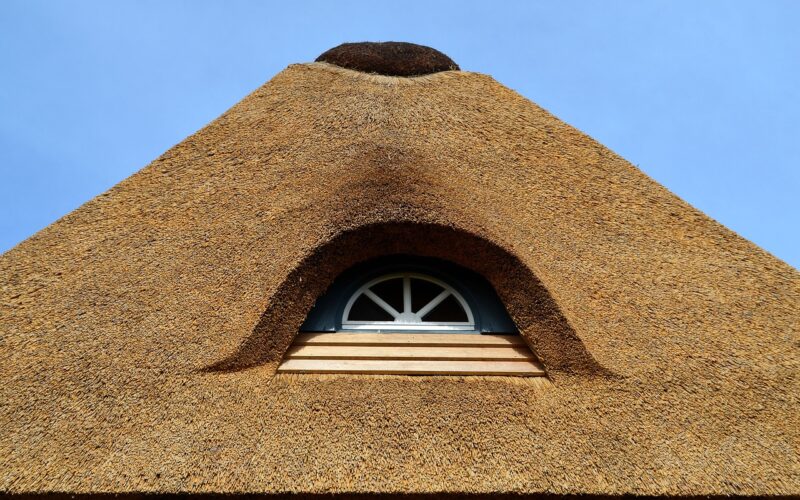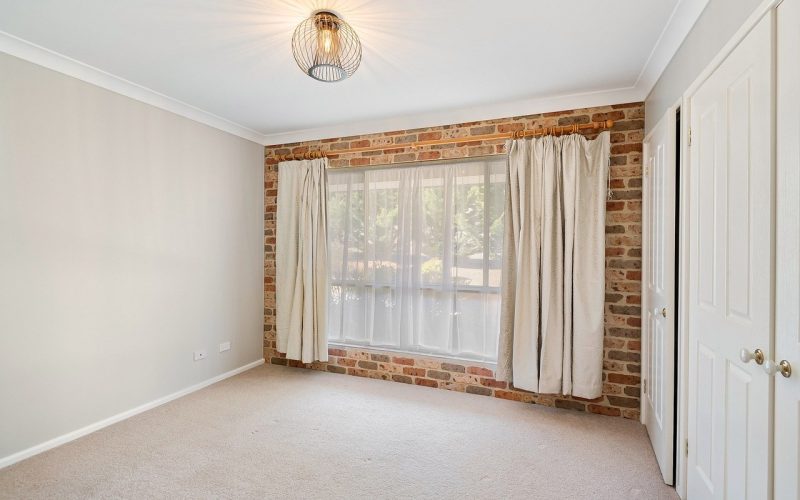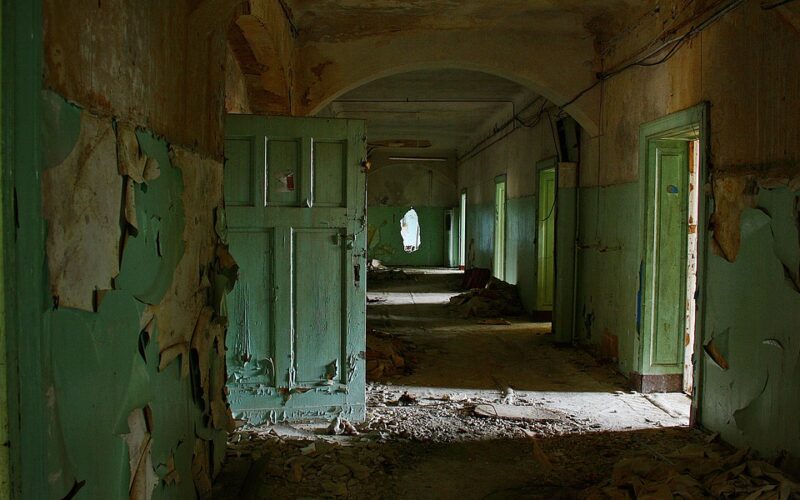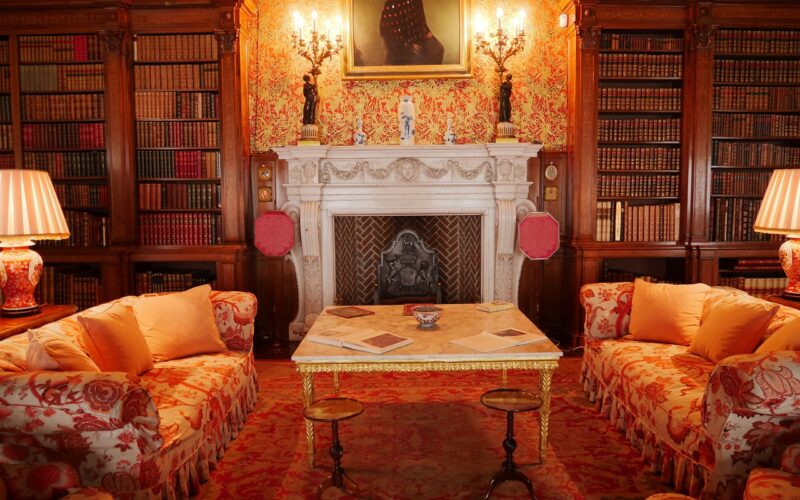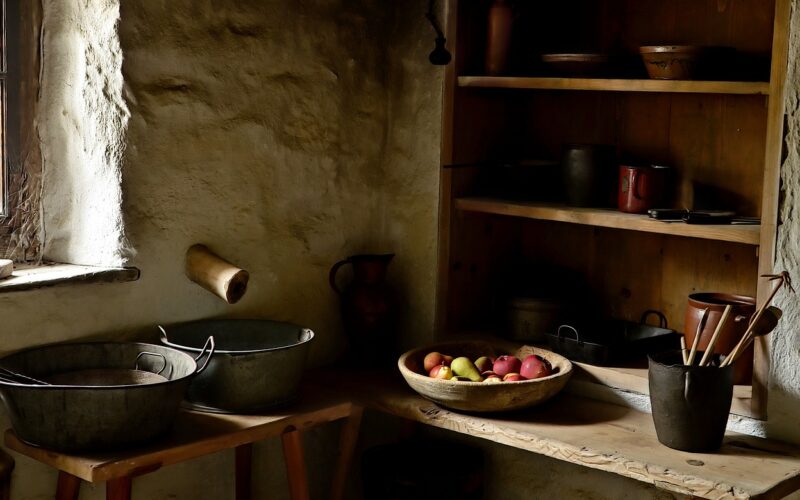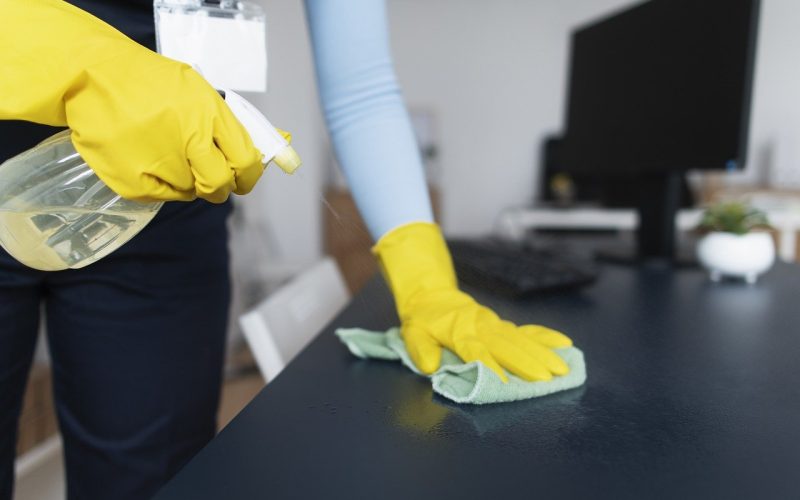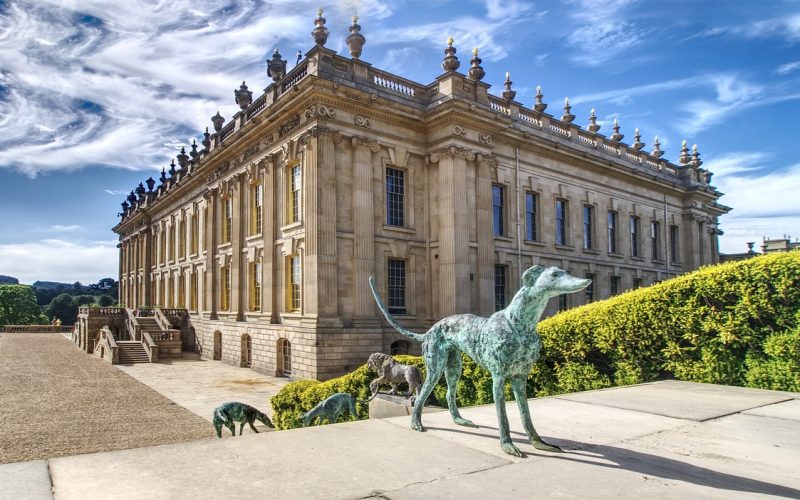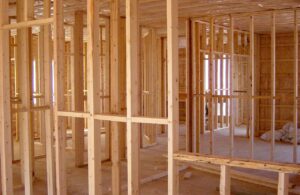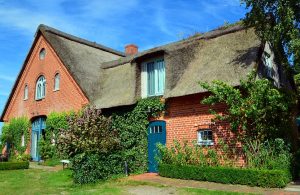Restoring an old home can be an appealing idea. The charm and character of vintage architecture, coupled with the satisfaction of preserving history, have attracted many homeowners to take on such projects. However, these restorations aren't without their drawbacks. From financial strain to unforeseen delays, restoring an old home presents several challenges that should be carefully considered before embarking on this venture.
It can be a costly project
One of the most significant disadvantages of restoring an old home is the financial burden. Unlike buying a modern, move-in-ready property, restoring an old house involves costs that can quickly spiral out of control. While purchase prices may initially seem attractive, the expenses associated with restoring outdated plumbing, electrical systems, roof repairs, and structural reinforcements can add up swiftly. Furthermore, you must also consider the potential for hidden issues like mould or asbestos, which can require extensive (and expensive) remediation. This unpredictability makes it difficult to budget accurately, often leading to unexpected financial stress.
Unpredictable timelines
Restoration projects are notorious for their unpredictable timelines. What might begin as a simple renovation can unravel into a complex project as new problems are uncovered. Many homeowners underestimate the time it takes to complete a restoration, leading to frustration and inconvenience. Supply chain delays, unexpected repairs, or the need for specialised craftsmanship can significantly extend the timeline. Consequently, what was initially planned as a few months of work can stretch into years, disrupting your life and delaying any return on investment.
Living on a building site
For families undertaking restoration projects, one considerable downside is the disruption to daily life. It’s not uncommon to feel like you’re living on a building site. Dust, noise, and restricted space can impact your quality of life, particularly if the restoration involves major structural changes. Space limitations can be particularly challenging for families with children, as finding safe and comfortable living arrangements while work is ongoing can become a logistical nightmare. The stress of living in a constantly changing environment can take a toll on family dynamics and overall well-being.
Building regulations and compliance
Building regulations and compliance can pose another significant hurdle in restoring an old home. Older properties often fall short of current building codes, necessitating updates that can be both time-consuming and costly. Navigating the complex web of local building regulations requires diligence and can often lead to delays if unforeseen requirements emerge. Additionally, historic homes may be subject to preservation laws that restrict certain changes, requiring additional permits and approvals. Failure to comply with these regulations can result in fines or even halt the entire project.
Unforeseen complications
Old homes are full of surprises, and not all of them are pleasant. Unforeseen complications are a common occurrence, adding layers of complexity to restoration efforts. Structural weaknesses, pest infestations, or outdated infrastructure can emerge unexpectedly, requiring immediate attention and increasing both the scope and cost of the project. These complications can delay progress and make sticking to a schedule almost impossible, causing frustration for homeowners who are eager to enjoy their newly restored property.
Risk of over-capitalisation
Over-capitalisation is a real risk when restoring an old home. Investing too much in a property that does not increase proportionally in value can lead to financial loss. While certain improvements can enhance a home's market value, others may not offer a good return on investment. It's crucial for homeowners to conduct thorough research and consult with real estate professionals to ensure that their restoration plans align with the property's potential market value. Without careful planning, there's a risk of spending more on restorations than the home's worth upon completion.
While restoring an old home can be a rewarding experience, it is not without its challenges. The potential for hidden costs, extended timelines, and significant lifestyle disruptions must be weighed carefully before embarking on such a project. Homeowners should approach restoration with a clear understanding of the risks involved and a willingness to adapt to the unexpected. With thoughtful planning and realistic expectations, the dream of restoring an old home can still become a reality, but it's a path that should be tread with caution.
